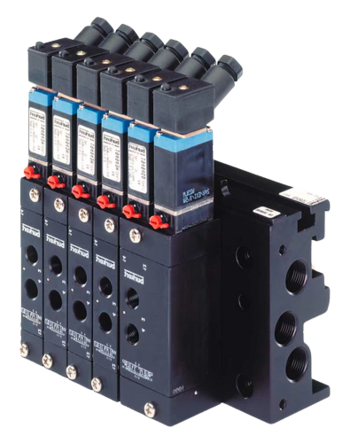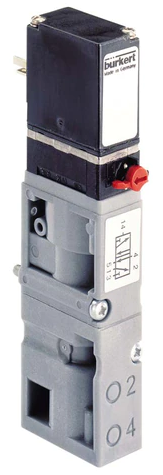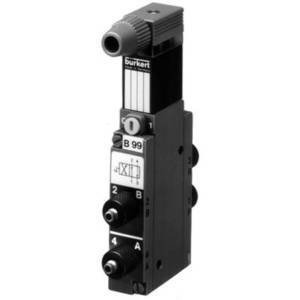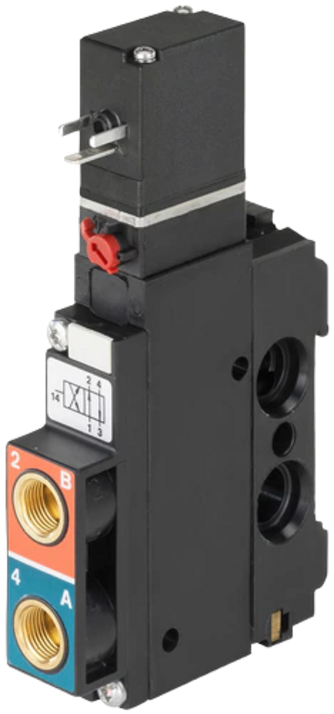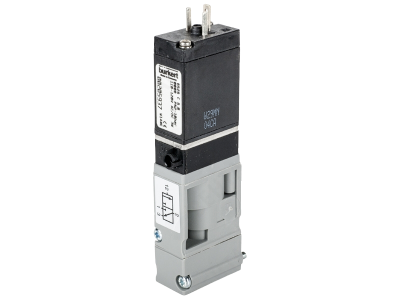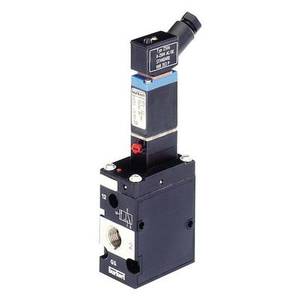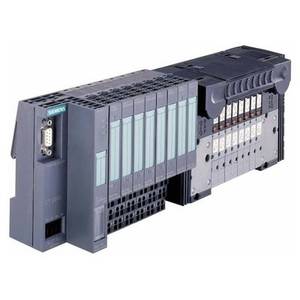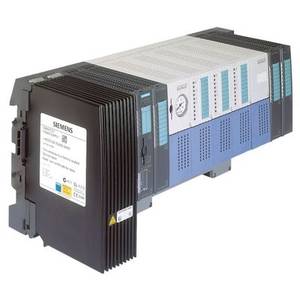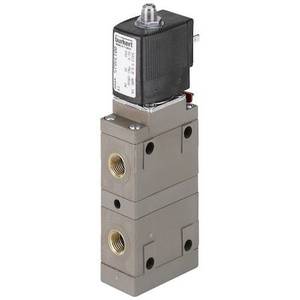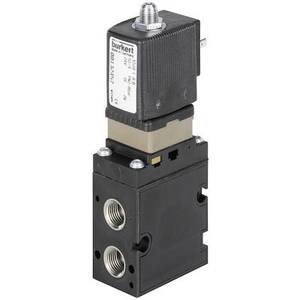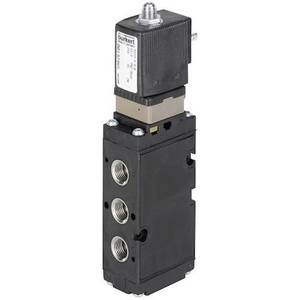Burkert Pneumatic Valves
Burkert 31406 Multi-way valve
- The valve is made of durable steel, which ensures its reliability and durability.
- The valve can operate in the pressure range from 2 to 10 bar and temperature from -10 to 70 degrees Celsius. The valve has a simple design that makes it easy to maintain.
- The Burkert 31406 valve is a cost-effective option for a variety of industrial and process applications.
Bürkert 6517 5/2-way pneumatic valve 32 mm
- Diameter: 32 mm
- Number of strokes: 5/2
- Actuator type: pneumatic
- Pressure range: 0.2 - 10 bar
Burkert 156337 5/2-way pneumatic valve
- Normally open,
- flanged,
- PA (Polyamide) construction,
- 24V DC,
- 2-10 bar pressure range,
- high flow rate.
4/2-way-pneumatic valve
4/2 Universal, Type 5470
Burkert Multi Way Valve For Pneumatics Extendable Version
3/2-way pneumatic valve 16 mm
3/2 and 5/2-way-pneumatic valve 32 mm
5413-G06,0BBPAGM82-5-230/56-02 *MA14
| 5470-G04,0-FM01-BA61-B0-024/DC-02 *JB04 |
| 132460 (00132460) | 6518-C08,0-GM82-GM82-B5-230/56-02 |
| 252644 (00252644) | 6519-H08,0-GM82-GM82-B5-024/DC-07 *CF16+NA38 |
| Protection | IP 65 |
| Ambient temperature | -25°C to +55°C |
| Seal material | NBR and PUR |
Burkert pneumatic valves are the air operated valves that are the key part of pneumatic systems.
Pneumatic valves are usually installed in pipelines as shut-off elements. The operation of the device is based on the action of a pneumatic cylinder. When air is supplied to the cylinder piston, it begins to extend and retract, thereby ensuring the closure and opening of the working environment.
Burkert pneumatic valves can be used in the operation of the following materials:
- cold and hot water;
- oils, petroleum products;
- organic solvents;
- ethylene glycol, ketone, various alcohols.
What are the types of Burkert pneumatic valves?
Pneumatic valves can be divided into the following subtypes according to their purpose and how they perform their function:
- Check valve. This type is designed to maintain airflow through the pipeline only in one direction. In the event that the working medium for some reason began to move backward, there is a mechanical closure of the channel. The shut-off element of the pneumatic valve is made in the form of a spool or ball and is held open by the energy of the incoming medium. The channel is closed by its own weight (in the case of the spool type) or by the reverse flow of air.
- Quick exhaust valve. The main task of this type of equipment is to accelerate the release of residual air into the atmosphere, bypassing the supply pipeline, at the moment when the pneumatic cylinder rod returns after actuation to its original position. This allows a noticeable increase in the rate of passage of the full operating cycle of the cylinder. This type of valve is structurally designed as a diaphragm, which operates in both directions and pushes the airflow into different outlets, depending on the direction of the working medium.
- Sequence pneumatic valve. This type is designed to start the working medium in the system only when a predetermined pressure level is reached. Such a valve is driven by a piston, which is affected by compressed air on one side and by a spring on the other. Depending on the position of the piston, the valve is opened or closed.
- Logic pneumatic valve. Logic elements of pneumatic networks are designed to provide access of the working medium into the pneumatic network only when one of several compressed air sources is operating (valve "or"), or when two lines are operating (valve "and"). In terms of design, there are valves with diaphragm, ball, and spool type distribution mechanisms.
- Timing valve. The valve is designed in such a way that the valve position cannot be changed immediately, but only after a certain time following the control signal. A special inertial link is used for this purpose, which consists of a tank with a butterfly valve that is actuated only as of the pressure in this tank rises, where the compressed air gradually enters through a small diameter hole. Adjustment of the delayed actuation time of the valve is performed by adjusting the passage section or by changing the volume of the pneumatic reservoir.
The difference between electric and pneumatic equipment is based on their operating principle. Electric valves operate by means of current and are actuated by a coil and a core, while pneumatic valves only use compressed air power. These devices from Burkert pneumatic valves are designed to regulate the flow capacity of a pipeline.
Burkert pneumatic valve catalog
Burkert valves can act as single directly mounted valves or as special valve islands.
The company manufactures units for central and decentral automations systems. Burkert created special AirLINE blocks; valve terminals and automation systems for work in industrial cabinets. For explosive areas, special AirLINE Ex units are available.
For decentral automations the manufacturer produces special family of ELEMENT devices. It is perfectly suitable for conditions with high hygienic requirements (as food or beverage).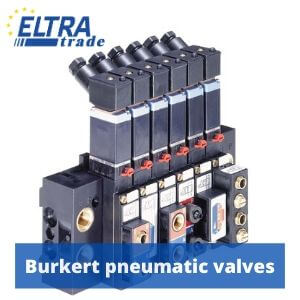
Burkert produces the following series of pneumatic valve islands and automation systems:
- Type 8640
- Type 8644
- Type 8647
- Type 8650
- Type 8652
- Type 8653
- Type MKRS
As a direct mounting, pilot valves are available types with 3/2, 4/2, 5/2, 5/4 way design. Models 6519 NAMUR Ex and 6524 Ex-I are certificated to work in hazardous areas.
Pneumatic vales by Burkert will be a reliable and productive part of your pneumatic system. A large family of product allows customer to choose the most suitable version or system for his needs.
